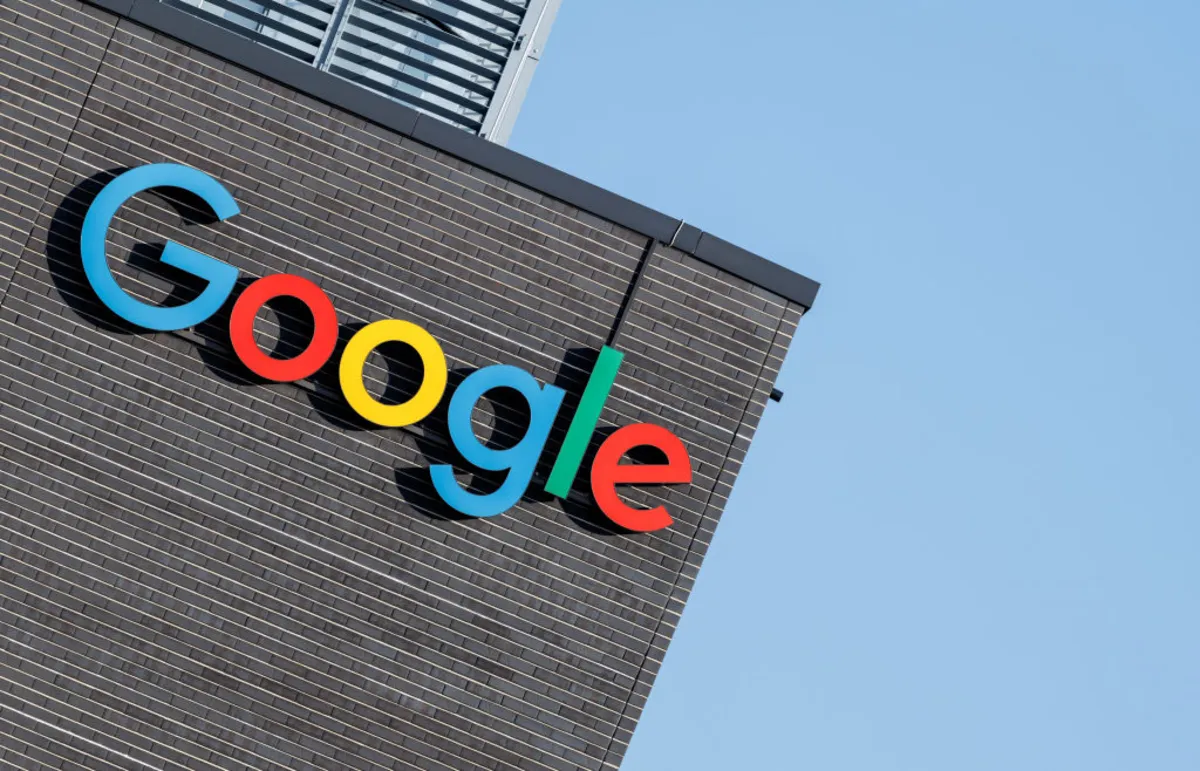
Last week, Google made a significant move in the realm of mobile technology by quietly releasing the Google AI Edge Gallery app. This innovative application empowers users to run a variety of openly available AI models from the renowned AI development platform, Hugging Face, directly on their smartphones. Currently available for Android users, an iOS version is expected to follow soon.
The Google AI Edge Gallery app offers a seamless experience for users looking to explore AI capabilities. It allows individuals to find, download, and run compatible models that can generate images, answer questions, write and edit code, and perform various other tasks. One of the standout features of this app is its ability to operate offline, eliminating the need for an internet connection. This allows users to leverage their smartphones' processors without sending personal or sensitive data to remote servers.
While cloud-based AI models are often more powerful, they come with limitations. Users may feel uncomfortable transmitting personal information to a distant data center or may simply prefer having access to models that function without relying on Wi-Fi or cellular networks. The Google AI Edge Gallery addresses these concerns by providing an “experimental Alpha release” that prioritizes user privacy and accessibility.
For those interested in exploring this app, the Google AI Edge Gallery can be downloaded from GitHub. Users can follow straightforward instructions to install the app and start utilizing its features. Upon opening the app, the home screen presents shortcuts to various AI tasks and capabilities, such as “Ask Image” and “AI Chat.” By tapping on a specific capability, users can access a curated list of models tailored for that task, including notable entries like Google’s Gemma 3n.
Another exciting feature of the Google AI Edge Gallery is the “Prompt Lab,” which enables users to initiate “single-turn” tasks powered by the AI models. Tasks such as summarizing and rewriting text can be easily executed through this lab, which comes equipped with various task templates and adjustable settings to customize the models' behaviors.
While the app promises a robust experience, Google advises that performance may vary based on the user's device. Modern smartphones with more advanced hardware are likely to run the models at a quicker pace. However, users should also consider that larger models may take more time to complete tasks, such as answering questions about an image, compared to their smaller counterparts.
In a bid to enhance the Google AI Edge Gallery experience, Google is actively inviting feedback from members of the developer community. The app is released under an Apache 2.0 license, allowing broad usage across various contexts, whether commercial or personal, without significant restrictions.
With the launch of the Google AI Edge Gallery, Google is not only making cutting-edge AI technology more accessible but also fostering a community-driven approach to app development and enhancement. This marks an exciting chapter in mobile AI applications, providing users with tools to harness the power of AI directly from their smartphones.